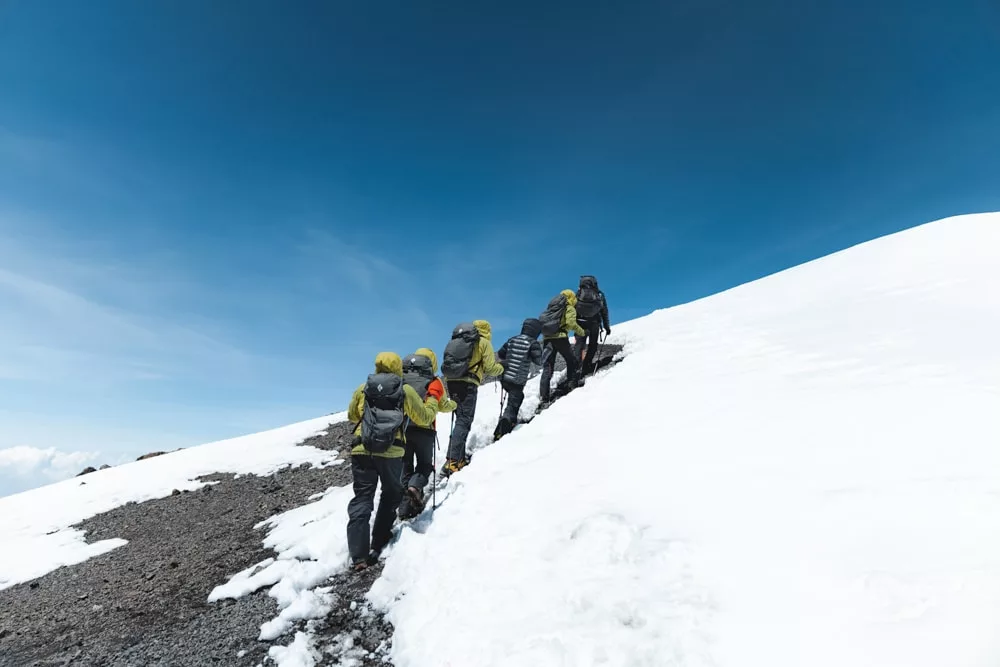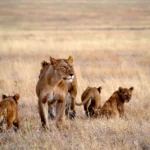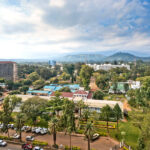Mount Kilimanjaro, Africa’s tallest peak and the world’s highest free-standing mountain, is more than just a mountain — it’s a symbol of adventure, natural beauty, and incredible biodiversity. For nature lovers and thrill-seekers alike, Kilimanjaro offers a unique safari experience that combines rugged trekking, stunning landscapes, and unforgettable wildlife encounters. Here’s why Mount Kilimanjaro should be at the top of your safari bucket list.
1. Diverse Ecological Zones in One Place
One of Kilimanjaro’s most fascinating features is its range of ecological zones stacked vertically from base to summit. As you ascend, you pass through lush rainforest, moorlands, alpine desert, and finally, the icy summit.
-
Rainforest: Home to monkeys, elephants, and a rich variety of birds.
-
Moorlands and Heath: Unique plants like giant lobelias and groundsels thrive here.
-
Alpine Desert: A stark, otherworldly landscape of rocks and sparse vegetation.
-
Summit: The snow-capped peak — a rare sight near the equator.
This ecological diversity makes Kilimanjaro a naturalist’s paradise, offering multiple habitats to explore within one trip.
2. An Adventurous Challenge with Incredible Rewards
Climbing Kilimanjaro is accessible to many people with moderate fitness, yet it remains a thrilling adventure. Unlike technical mountaineering, it requires no special equipment, making it achievable for first-time climbers.
-
Sense of Accomplishment: Reaching Uhuru Peak at 5,895 meters is a life-changing achievement.
-
Stunning Views: Panoramic views of Tanzania’s vast wilderness and sometimes even neighboring Kenya.
-
Wildlife Along the Way: You might spot colobus monkeys, bushbucks, and colorful birds during the trek.
The combination of physical challenge and breathtaking scenery attracts adventurers from all over the world.
3. Gateway to Tanzania’s Rich Wildlife
Kilimanjaro is surrounded by national parks and reserves that offer classic safari experiences.
-
Arusha National Park: Close to Kilimanjaro town, it has beautiful landscapes and wildlife including giraffes, zebras, and buffalo.
-
Mount Meru: A nearby volcanic peak with diverse wildlife and forest walks.
-
Serengeti and Ngorongoro: Within reach for an extended safari itinerary after your climb.
This means you can combine your mountain adventure with thrilling game drives and wildlife encounters in Tanzania’s famed parks.
4. Unique Cultural Experiences
The Chagga people live on the slopes of Kilimanjaro, cultivating fertile lands and maintaining rich traditions.
-
Local Culture: Learn about Chagga farming techniques, traditional foods, and village life.
-
Guided Tours: Many treks include visits to local communities, offering insight into daily life on the mountain.
Engaging with local culture adds depth and meaning to your safari experience.
5. Conservation and Eco-Tourism
Mount Kilimanjaro is a UNESCO World Heritage Site and part of ongoing conservation efforts.
-
Protecting Biodiversity: Your visit helps support the park’s conservation and local communities.
-
Sustainable Tourism: Many trekking operators promote eco-friendly practices, minimizing environmental impact.
Choosing Kilimanjaro means supporting efforts to preserve one of Africa’s most iconic natural wonders.
Final Thoughts
Mount Kilimanjaro is more than a climb — it’s an immersive experience that combines nature, adventure, culture, and conservation. Whether you’re a nature lover fascinated by diverse ecosystems or an adventurer seeking a memorable challenge, Kilimanjaro offers something truly special. Add it to your safari plans and prepare for a journey that will inspire and transform you.





